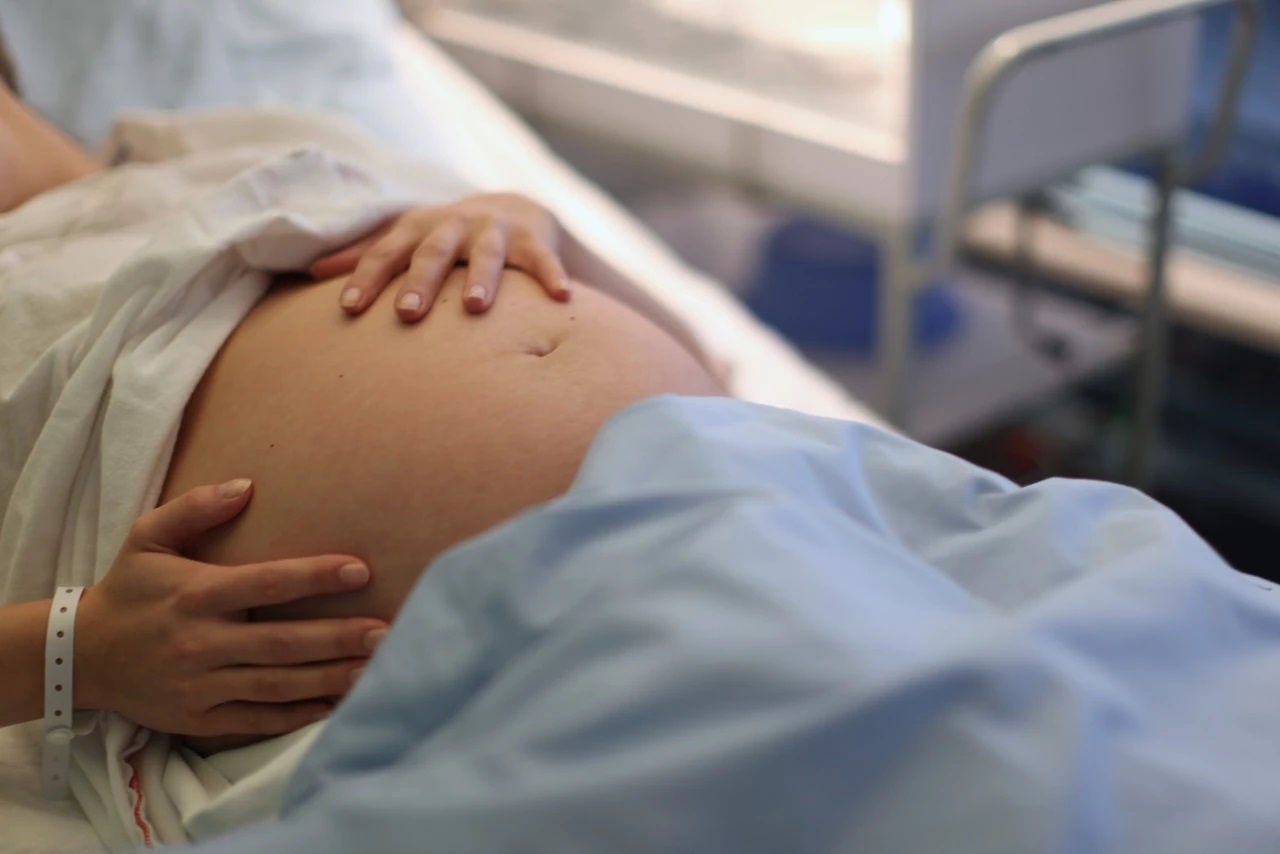No one can predict how labour will feel. Some cope well, whilst others need quite a lot of help to overcome the pain. Getting to know what options are available to you beforehand can make deciding in the midst of a contraction a lot simpler!
You’ll need to find out what options are available to you, as not all the pain relief choices below are widely offered. It’s best to talk it through with your midwife to see what’s best for your individual circumstances, especially as some pain relief options have side-effects or need to be used in conjunction with something else.












